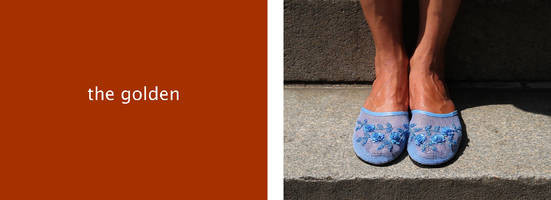‘Cathay’ by Lisa Oppenheim
15 Mar - 18 May 2014

© Lisa Oppenheim
‘Cathay’, 2010
16mm double projection
Courtesy the artist, The approach and Galerie Juliètte Jongma
‘Cathay’, 2010
16mm double projection
Courtesy the artist, The approach and Galerie Juliètte Jongma
‘CATHAY’ BY LISA OPPENHEIM
15 March - 18 May 2014
For her film installation, Cathay (2010), Oppenheim found a fragment of a poem that Pound constructed from the notes of Ernest Fenollosa, an American scholar living in Japan, presumably from his translations of the 8th century Chinese poet Li Bai. Neither Pound nor Fenollosa had any real knowledge of Chinese. Fenollosa produced this and other fragmentary translations that Pound would later turn into the extremely influential collection of poems entitled Cathay , an antiquated name for China.
Oppenheim then sent the original untranslated version of the poem to an East Asian Languages and Literature professor and received what is, unsurprisingly, a very different version. This film slowly shifts from Pound’s translation to a more ‘correct’ or perhaps literal translation. The movement takes place through the substitution of words with corresponding scenes or objects found and filmed within the visual space of New York City’s Chinatown.
In turning words back into images the artist is reversing Pound’s strategy of translation. The left side of the double projection begins with the entirety of Pound’s poem while the right projection shows a succession of pictures. The images on the right are the visual equivalents of phrases from the new translation and only have a correlation to the text on the left when both translations are similar. Images slowly substitute the text on the left and vice versa until the end of the film, when the left is entirely images and the right is entirely text. The poem is recombined, remade, throughout its seven iterations.
*The Members Library is constructed and designed by artist Céline Condorelli in collaboration with Harry Thaler as a permanent work entitled ‘Things That Go Without Saying’. The structure built for The Members Library is part of a series entitled ‘Additionals’. These different prop-like objects, quasi- functional structures, operate at a scale between furniture and architecture.
15 March - 18 May 2014
For her film installation, Cathay (2010), Oppenheim found a fragment of a poem that Pound constructed from the notes of Ernest Fenollosa, an American scholar living in Japan, presumably from his translations of the 8th century Chinese poet Li Bai. Neither Pound nor Fenollosa had any real knowledge of Chinese. Fenollosa produced this and other fragmentary translations that Pound would later turn into the extremely influential collection of poems entitled Cathay , an antiquated name for China.
Oppenheim then sent the original untranslated version of the poem to an East Asian Languages and Literature professor and received what is, unsurprisingly, a very different version. This film slowly shifts from Pound’s translation to a more ‘correct’ or perhaps literal translation. The movement takes place through the substitution of words with corresponding scenes or objects found and filmed within the visual space of New York City’s Chinatown.
In turning words back into images the artist is reversing Pound’s strategy of translation. The left side of the double projection begins with the entirety of Pound’s poem while the right projection shows a succession of pictures. The images on the right are the visual equivalents of phrases from the new translation and only have a correlation to the text on the left when both translations are similar. Images slowly substitute the text on the left and vice versa until the end of the film, when the left is entirely images and the right is entirely text. The poem is recombined, remade, throughout its seven iterations.
*The Members Library is constructed and designed by artist Céline Condorelli in collaboration with Harry Thaler as a permanent work entitled ‘Things That Go Without Saying’. The structure built for The Members Library is part of a series entitled ‘Additionals’. These different prop-like objects, quasi- functional structures, operate at a scale between furniture and architecture.
